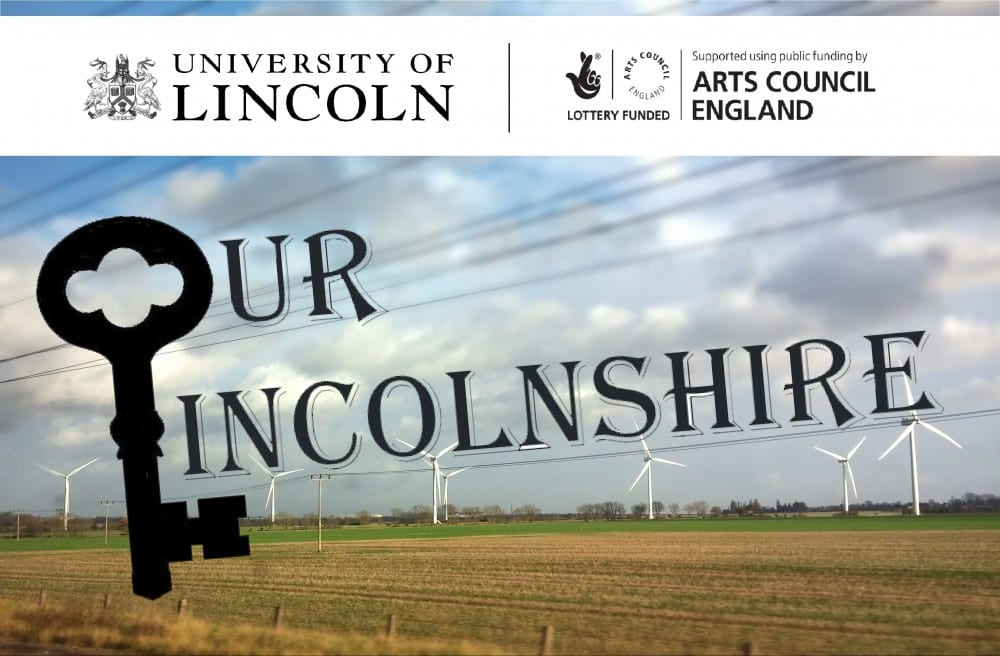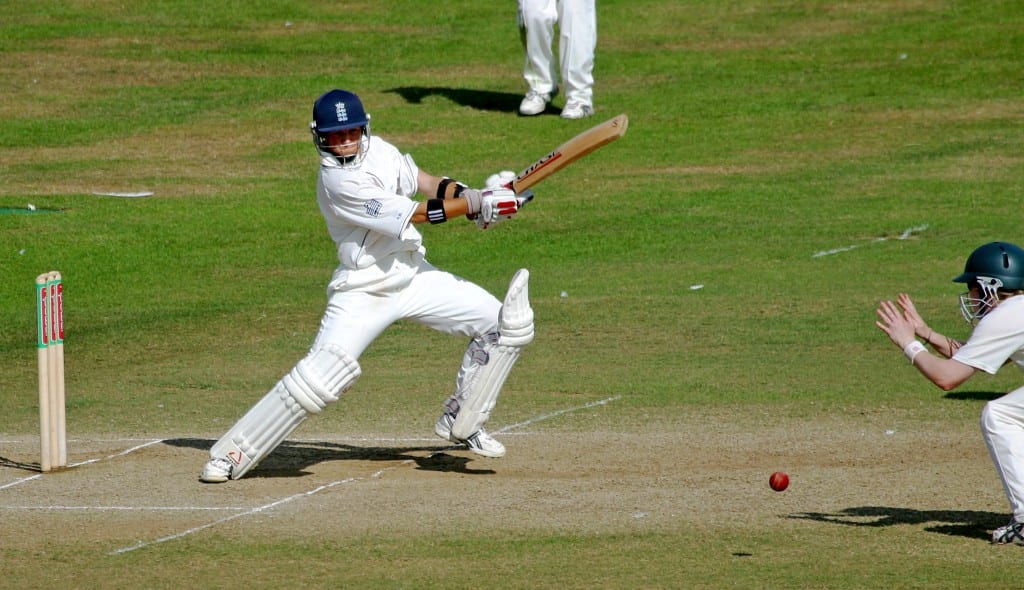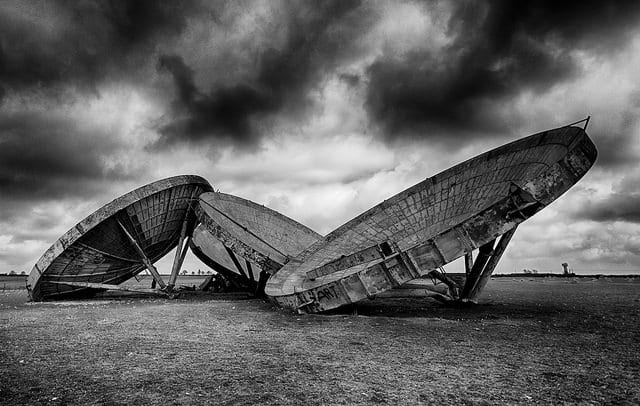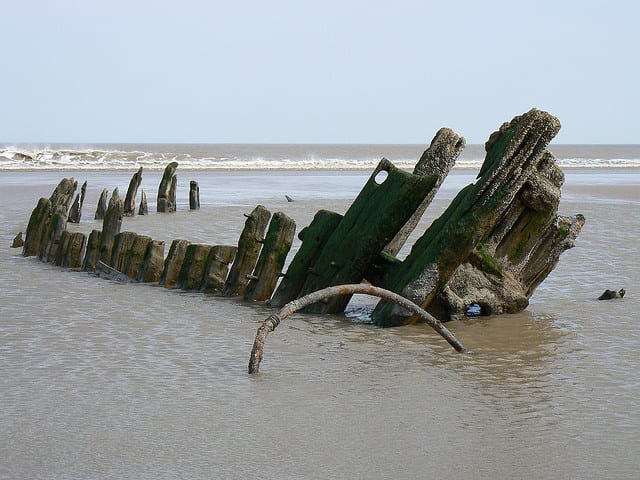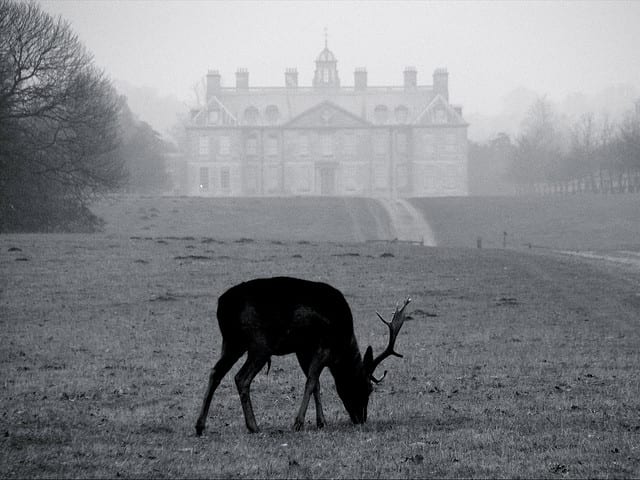The first record of cricket played by a Lincolnshire county side is in 1828, when a Norfolk v Lincolnshire match took place at East Dereham. (Lincolnshire won by an innings!)
We know, though, that village cricket in Lincolnshire dates back further than this. The first mention of Stamford Cricket Club, for example, was in 1770. A Spalding v Boston match took place a few years later, in 1792. It rained (nothing changes!), and sadly this “occasioned the grass to be slippery, and one gentleman by a fall dislocated his knee, another had a broken leg, and one a black eye”!!
From these slightly uncertain beginnings, Lincolnshire cricket has grown into its present day state where there are 29 ECB ‘Focus Clubs’ in operation and many more besides, as well as a number of flourishing leagues. International cricket even came to Lincolnshire in 2013, when England Women played Pakistan at Louth Cricket Club, thanks to the efforts of one Arran Brindle.
Lincolnshire Cricket therefore has a rich history – and the ‘Our Lincolnshire’ project wants more people to know about it! For that, we need your help…
Arran Brindle, one of England Women’s star performers of recent years, hails from Louth in Lincolnshire. Photo credit: Don Miles.
Are you involved in cricket in Lincolnshire? We want to tap into your expertise. Have you or someone else at your club done research into its history? Have important things happened at your club which you think we should know about? Share it with us!
Would you be prepared for us to come and visit you at your club and interview you or any of your club members about your experiences of Lincolnshire cricket? Who are the stalwarts of Lincolnshire cricket that we should be speaking to? Let us know!
Ultimately our aim is to produce a website with information about the history of cricket in Lincolnshire. We’d love to work with you on this, and hear your ideas about what you think should be included on the website. Get in touch!
You can also submit images of any objects which you have at your club relating to cricket history – such as old bats, balls, or caps – for inclusion in the ‘My Lincolnshire Collection’.
For more information on the cricket heritage section of the ‘Our Lincolnshire’ project, or to share information about the history of your club, contact Dr Raf Nicholson at the University of Lincoln – rnicholson@lincoln.ac.uk (telephone number: 01522 835 117).
